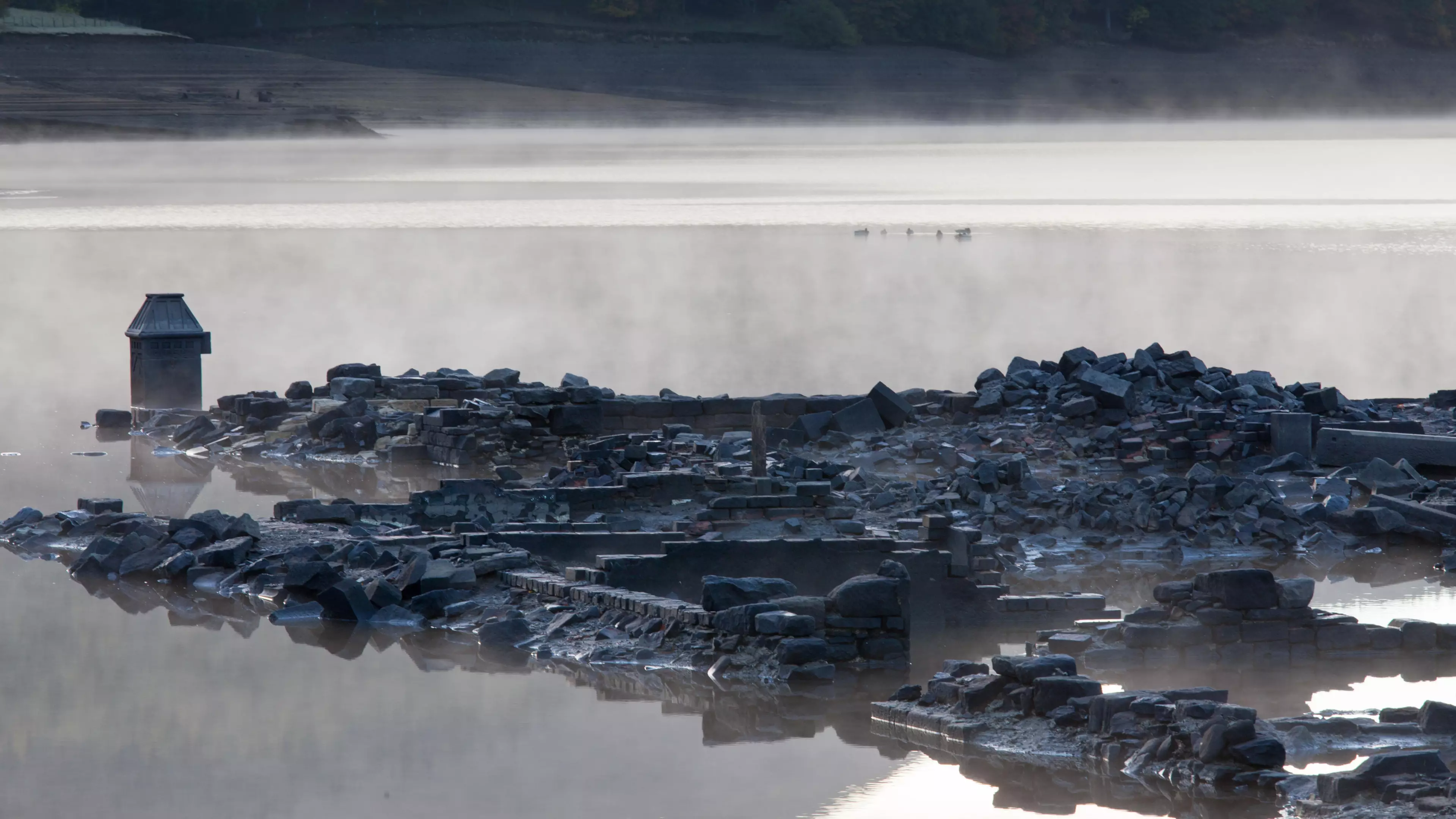
There's an eerie abandoned village in the UK that now lies completely underwater, having been intentionally flooded by authorities to make way for a huge reservoir.
Derwent was once a small village in Derbyshire, which was demolished in the early 1940s to make way for the Ladybower Reservoir, created to supply water to the area's growing cities of Derby, Sheffield, Nottingham and Leicester.
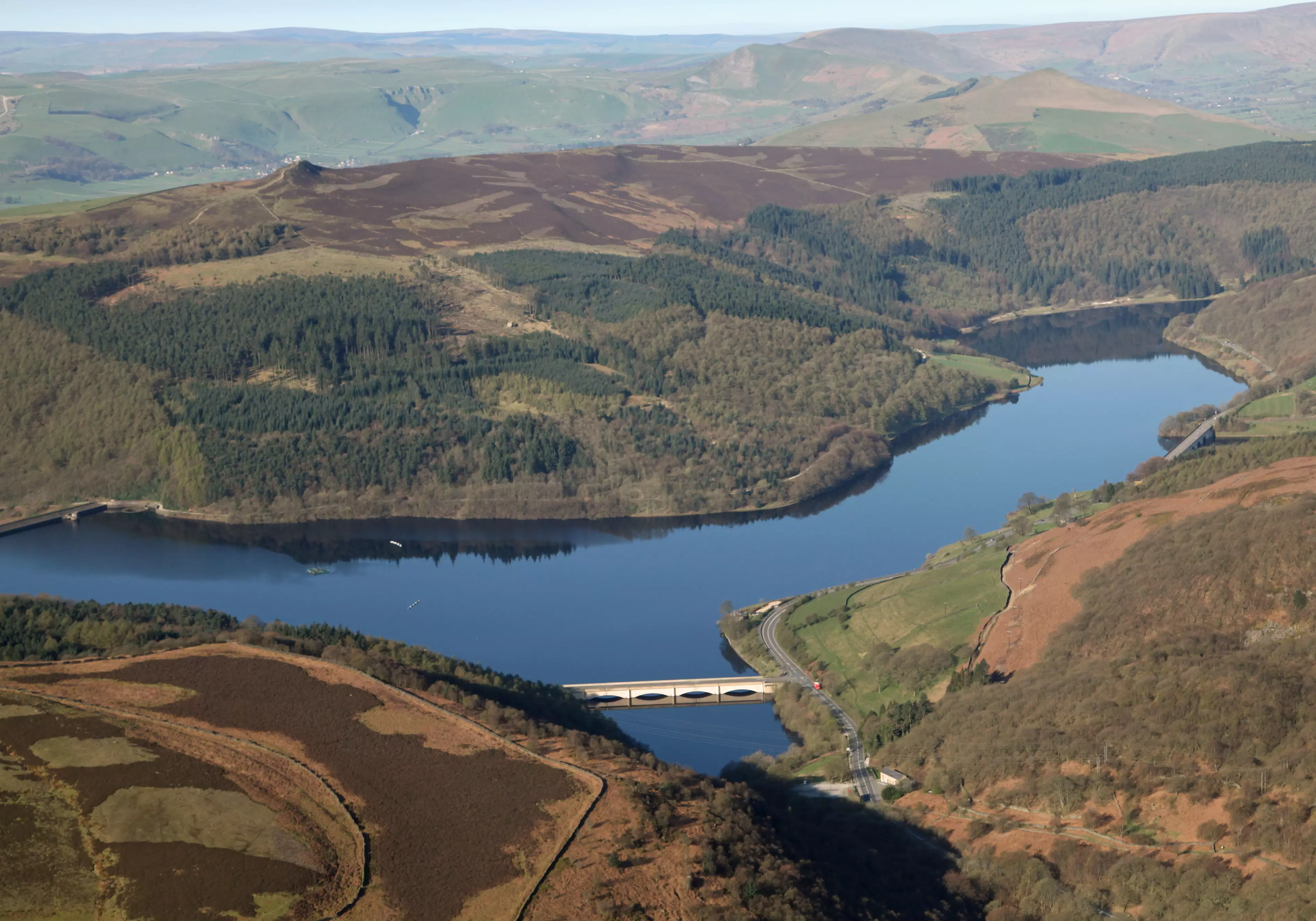
The neighbouring village of Ashopton, which was slightly larger, also met the same fate and was filled to create what is now the 'largest expanse of water' in the Peak District, according to the national park's website.
Advert
LetsGoPeakDistrict reports that Derwent had 'twisting streets of pretty cottages, alongside which the River Derwent flowed under stone bridges'.
"It had a small but tight-knit community, with a number of houses and a school," the local website says.
"The village church of St John and St James was built in 1757 and seated 140 parishioners."
Despite plans to flood the area being strongly opposed by locals, all of the buildings were eventually sold onto the Derwent Valley Water Board and knocked down, with villagers rehoused in the nearby village of Bamford.
Advert
However, amazingly, signs of village life still remain underneath the water - which become visible in the rare event of water levels dropping, when old walls, paths, pump houses and more are revealed.
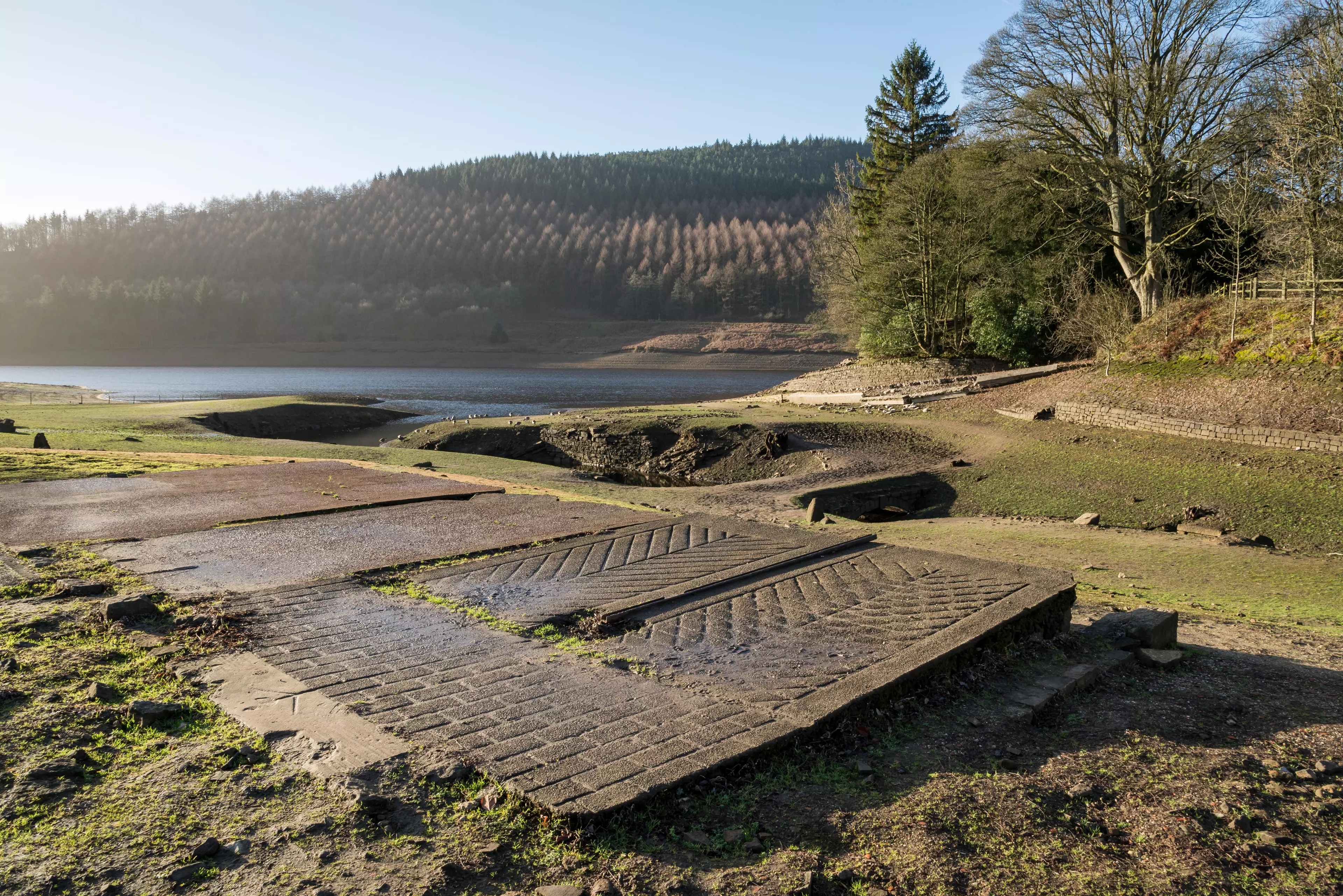
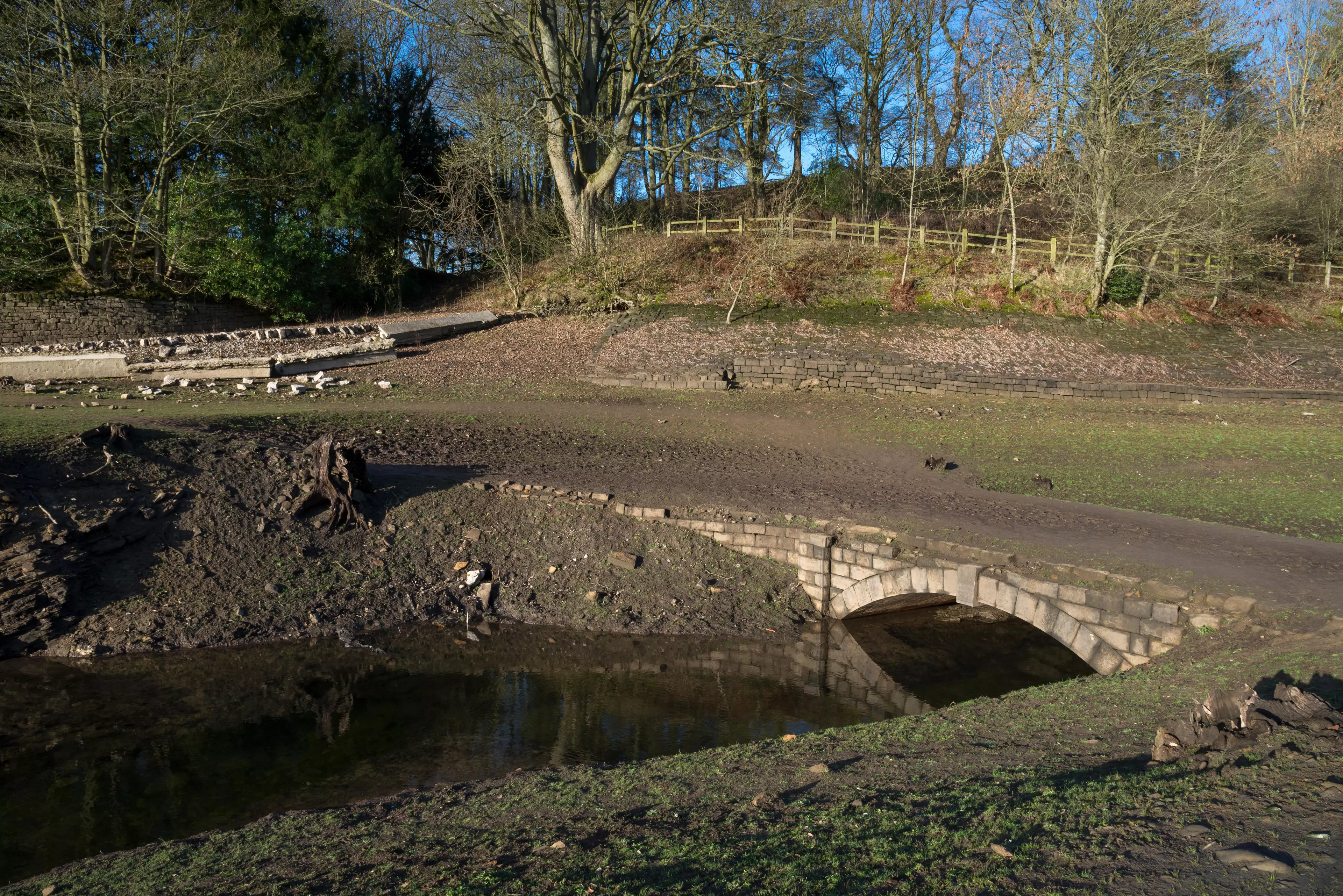
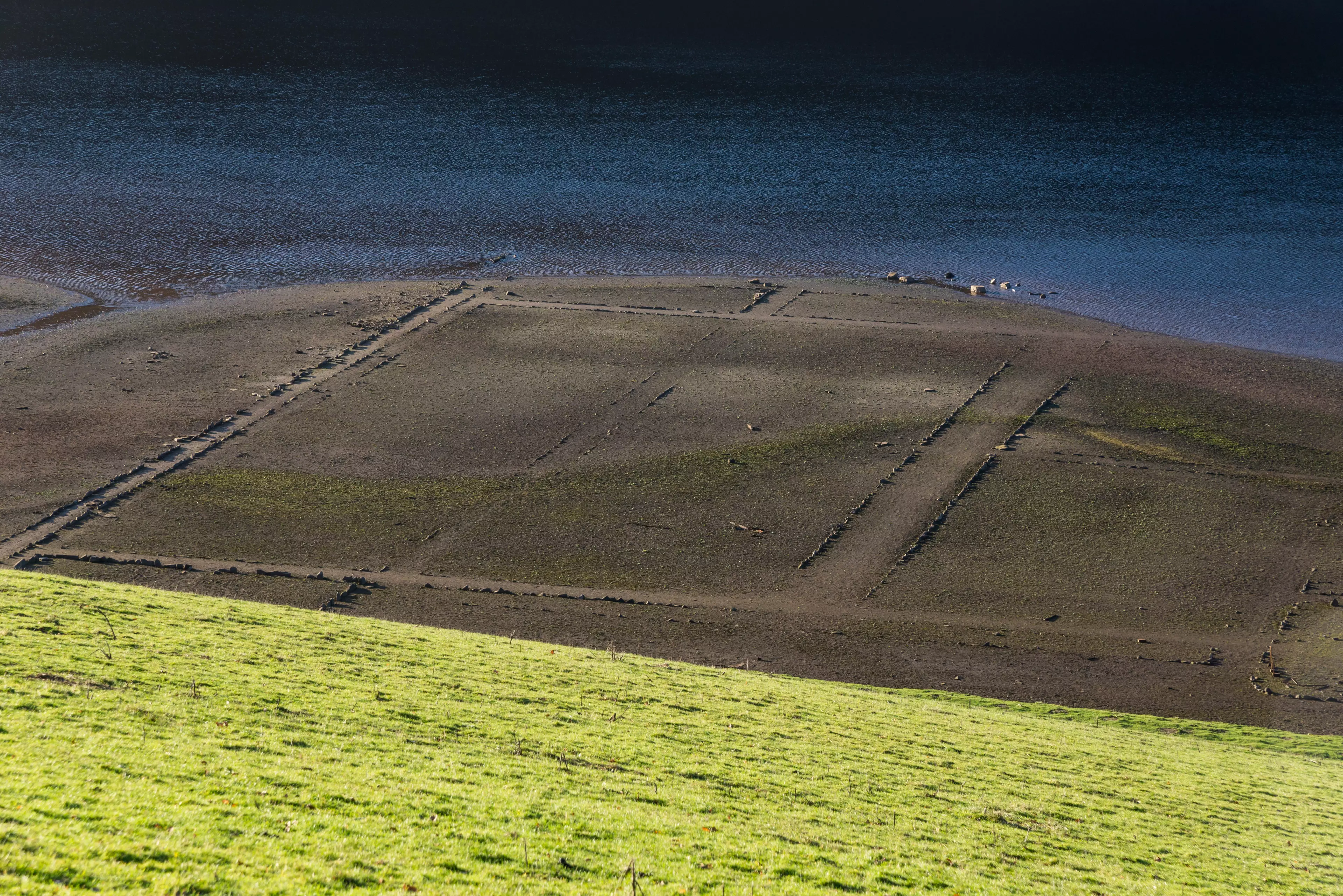
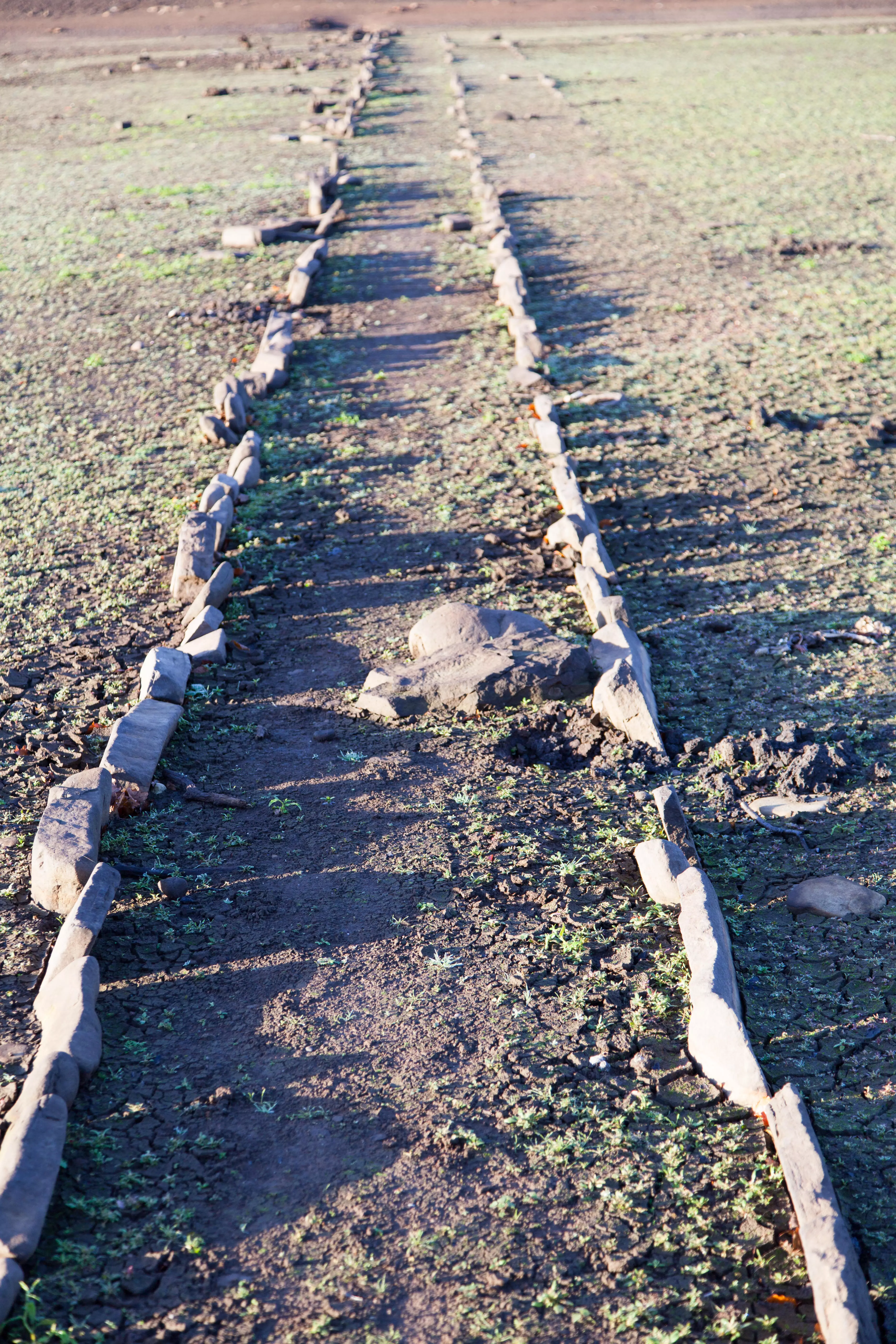
In 2018, low water levels saw the village exposed for the first time in years, in turn attracting visitors to the area to get a glimpse of Derwent's ruins.
Advert
Speaking to the BBC at the time, Dave Aston from the Peak District's Upper Derwent Visitor Centre said he last saw the flooded village in 1995, after a dry period that year, and also following the hot summer months of 1976.
He said: "It is a rare occurrence to see the ruins of Derwent village."
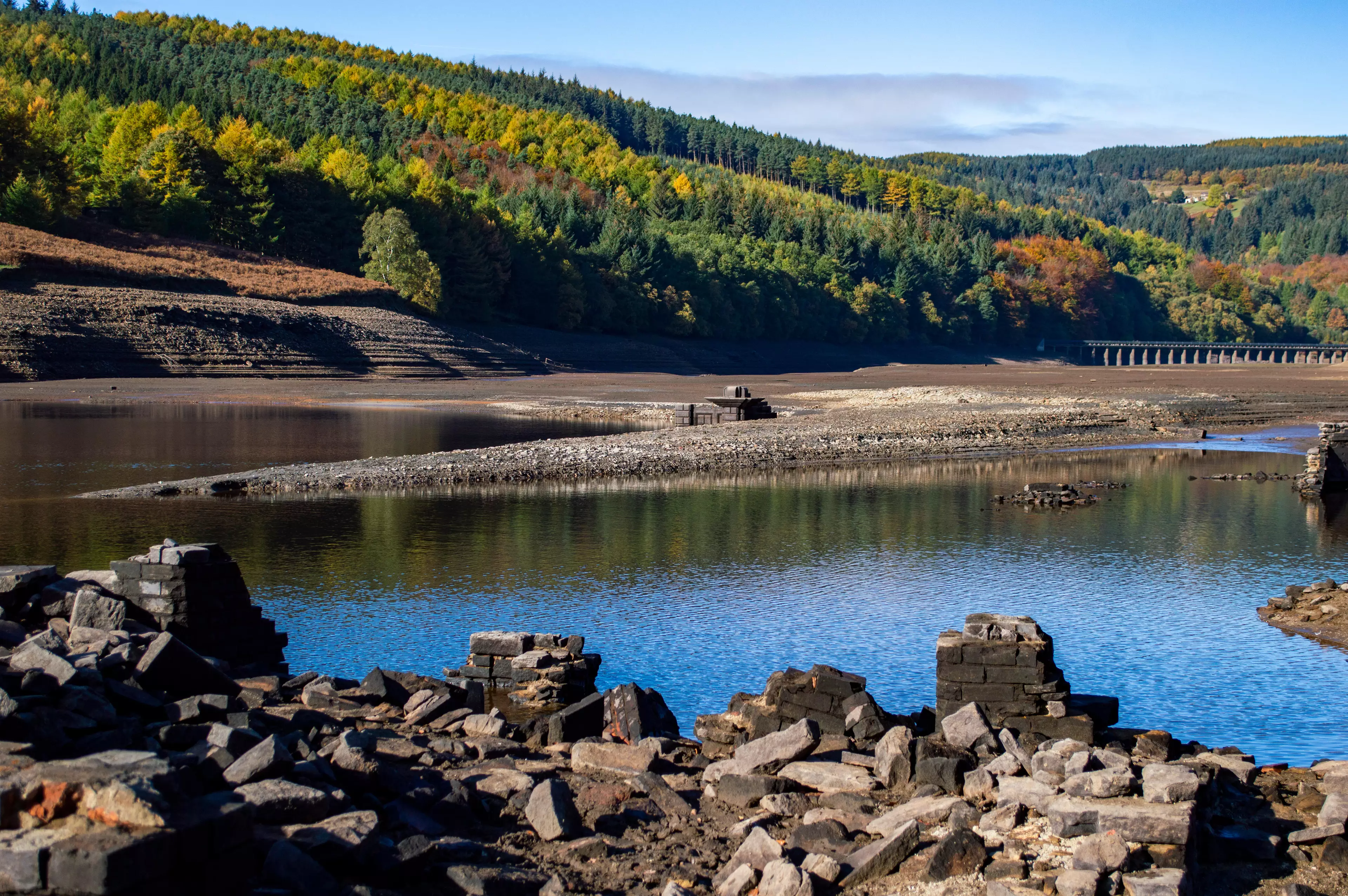
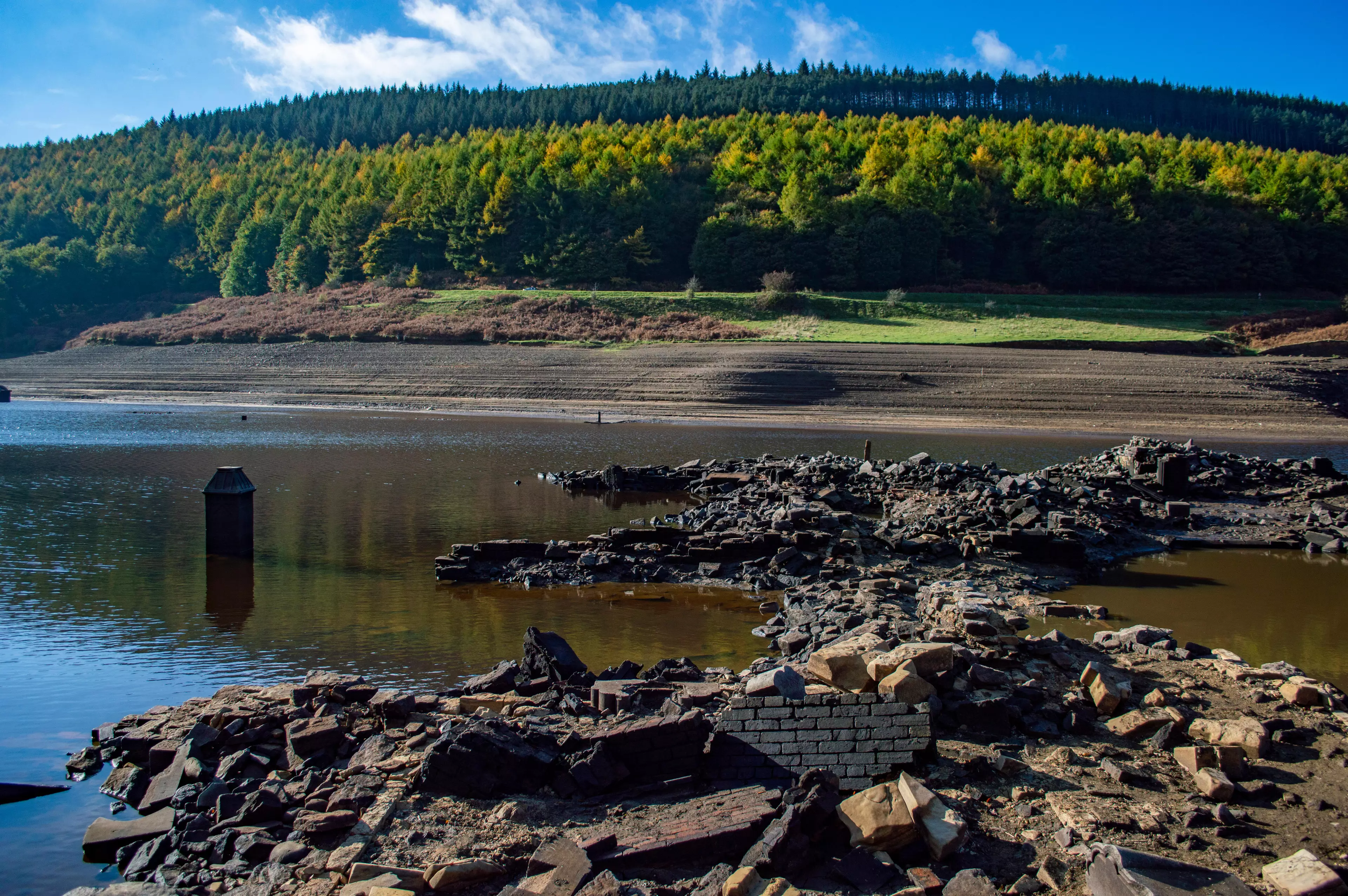
"The long dry spring and summer has lowered the water levels of the reservoir slowly and in the last four weeks the remains have become visible.
Advert
"Visitor numbers are soaring because of it. People are walking in the exposed village."
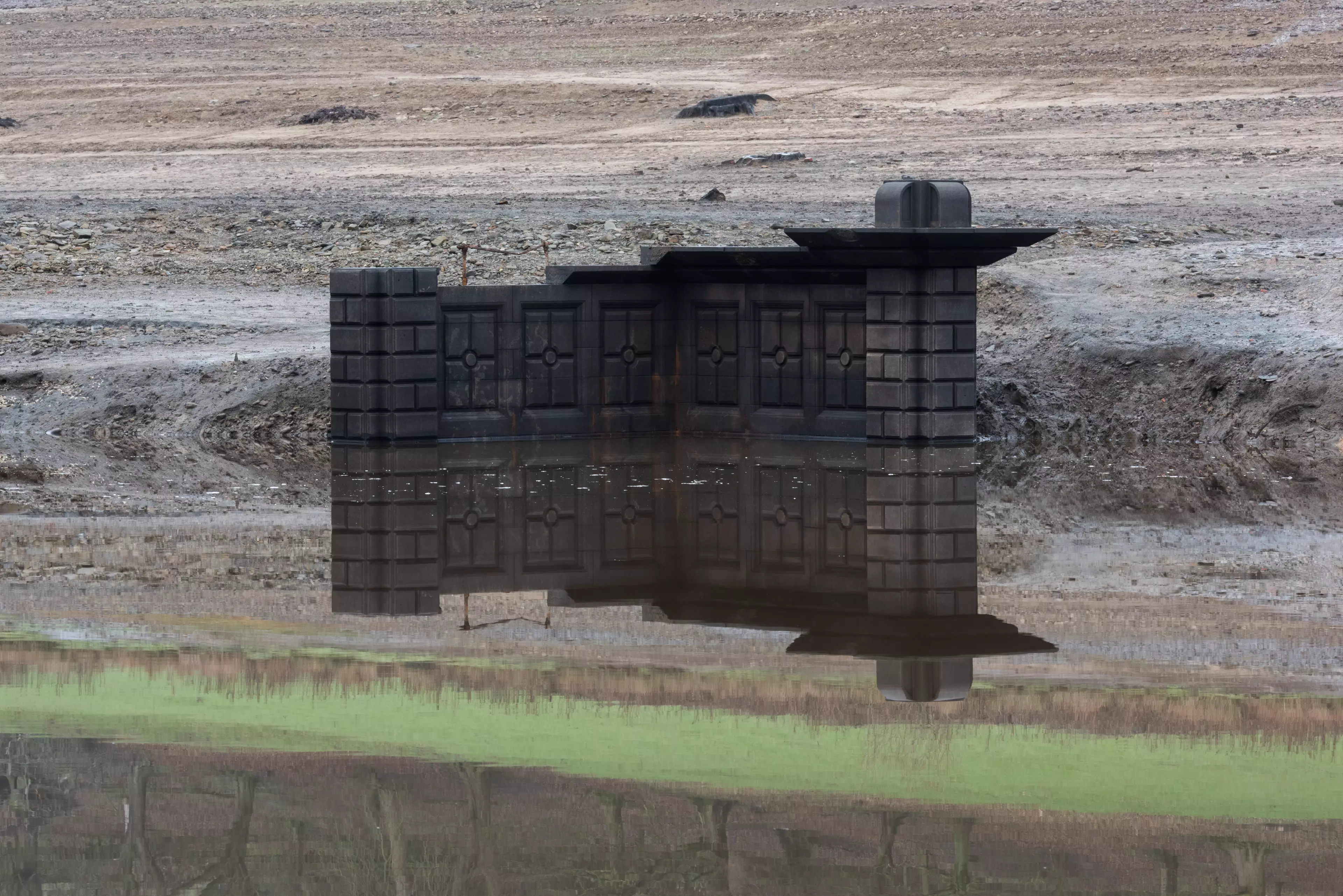
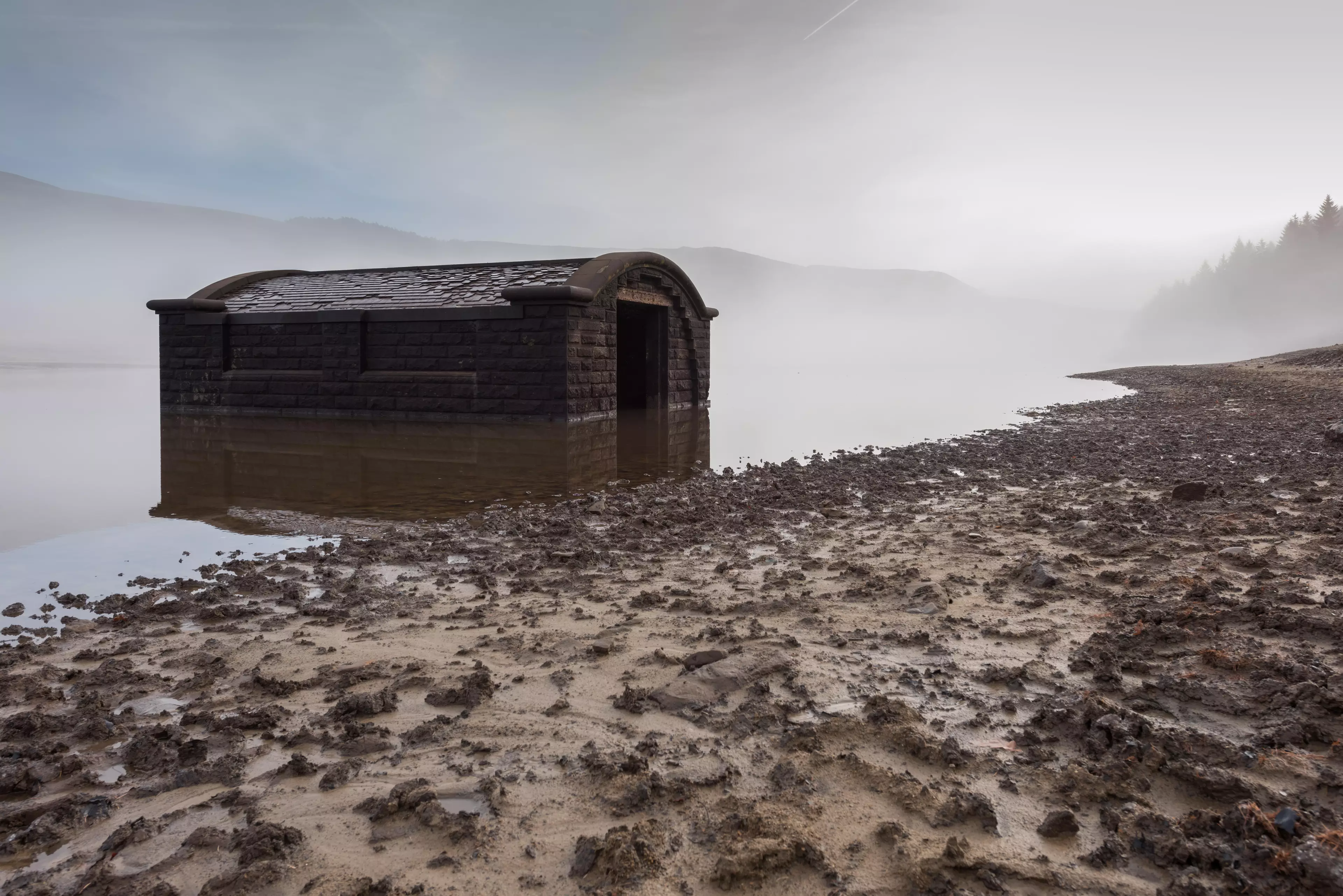
Visitors to Ladybower Reservoir were once able to see the old spire of Derwent Church, which used to jut out above the water.
Advert
However, it was destroyed with dynamite in 1947 amid safety concerns, after it became clear that people were swimming out into the deep water in an attempt to reach the spire.
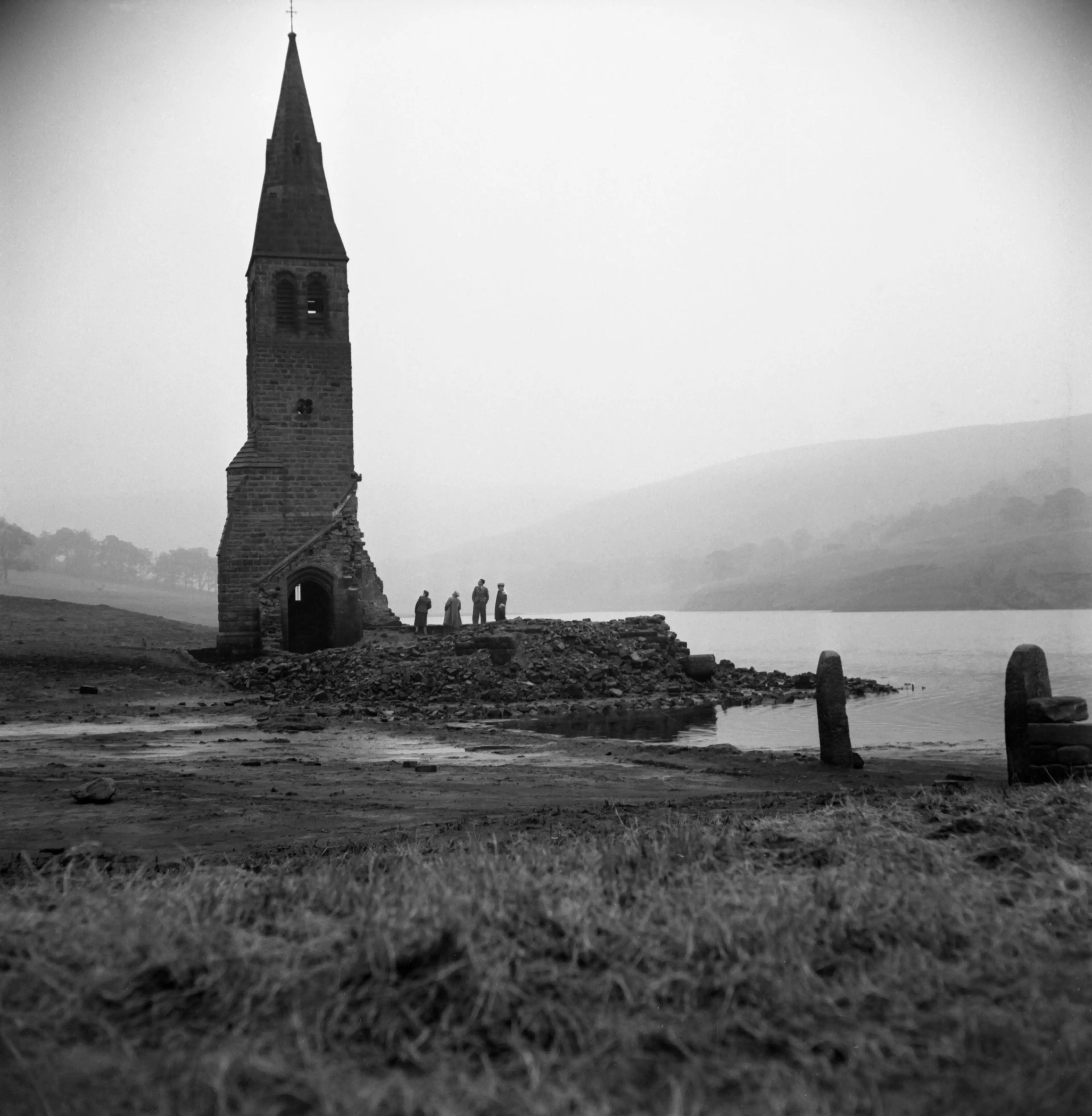
There are no longer many people alive who knew the area before it became Ladybower Reservoir, with the site now serving as an eerie tourist hotspot.
But one local called Mabel Bamford can remember going to school in Derwent - and even recalled what happened when construction began on Ladybower Reservoir, having been allowed to play on the huge pipes by construction workers.
Speaking to BBC Travel in 2019, Bamford spoke about what it had been like growing up in the area, saying she may well be one of the last remaining people from that era.
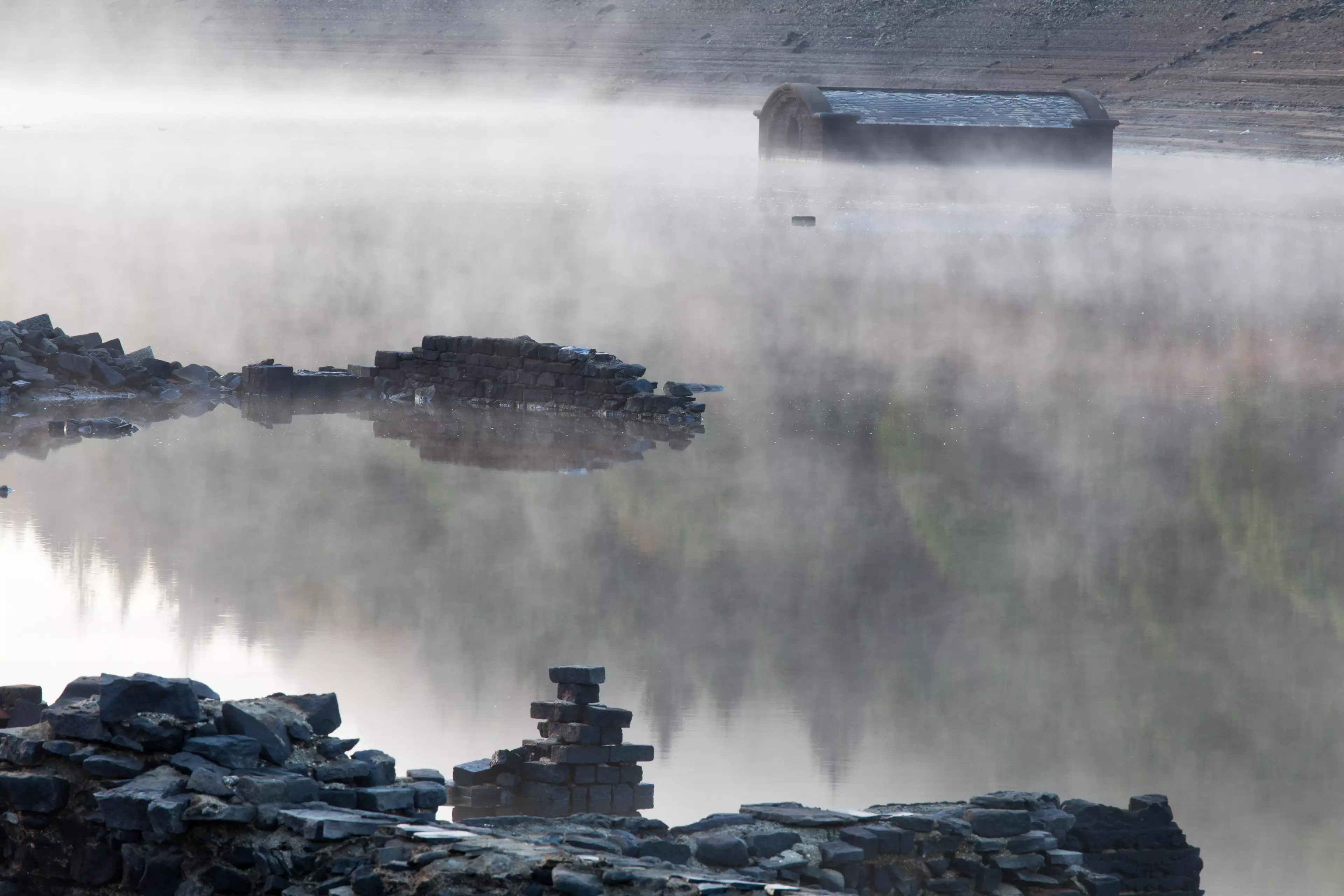
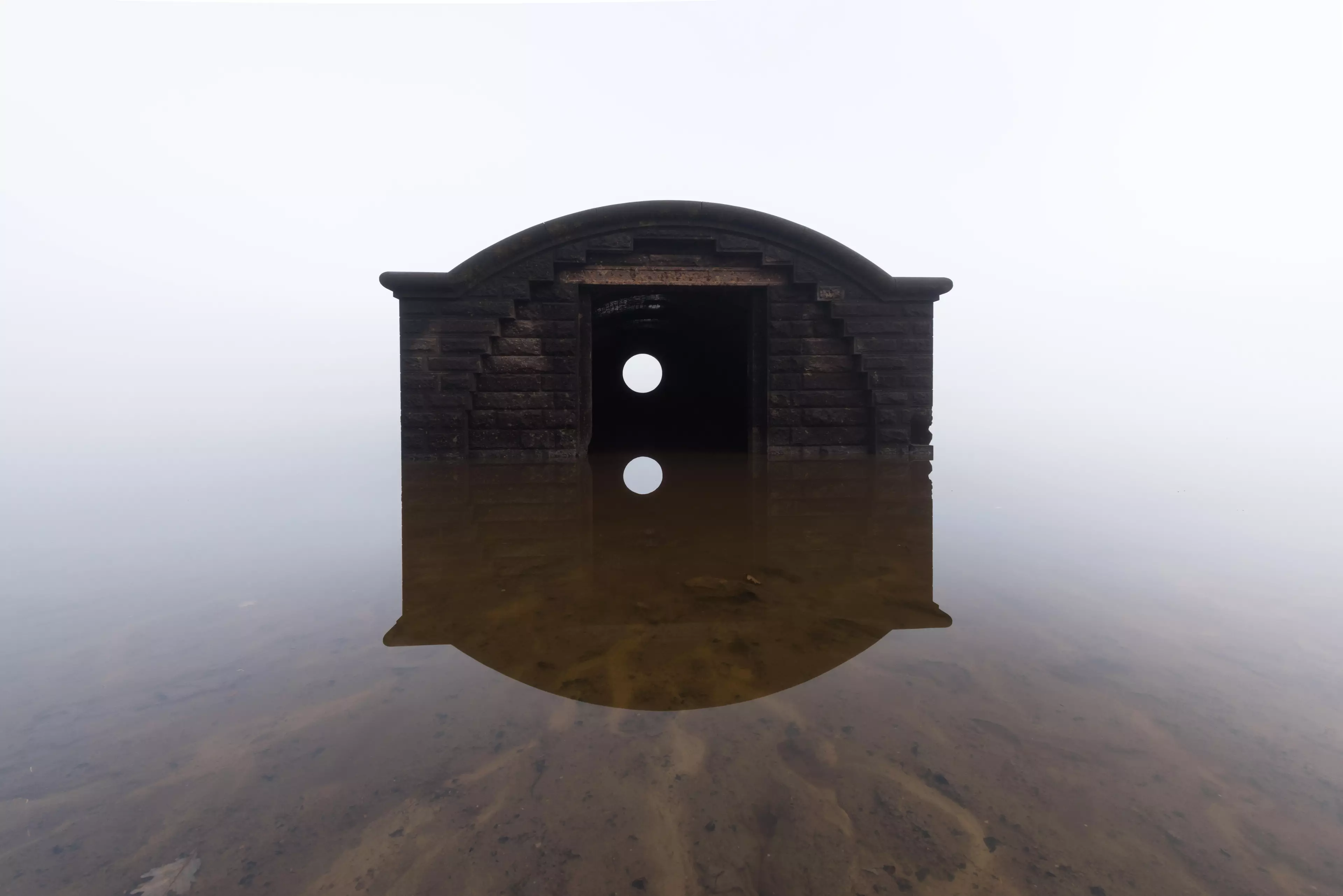
Bamford, who was 92 at the time of the interview and once lived in Ashopton, said: "I may be the last person who remembers Ashopton and Derwent."
Bamford said her home was 'very simple', with no electricity and an 'earthen closet' outside for a loo.
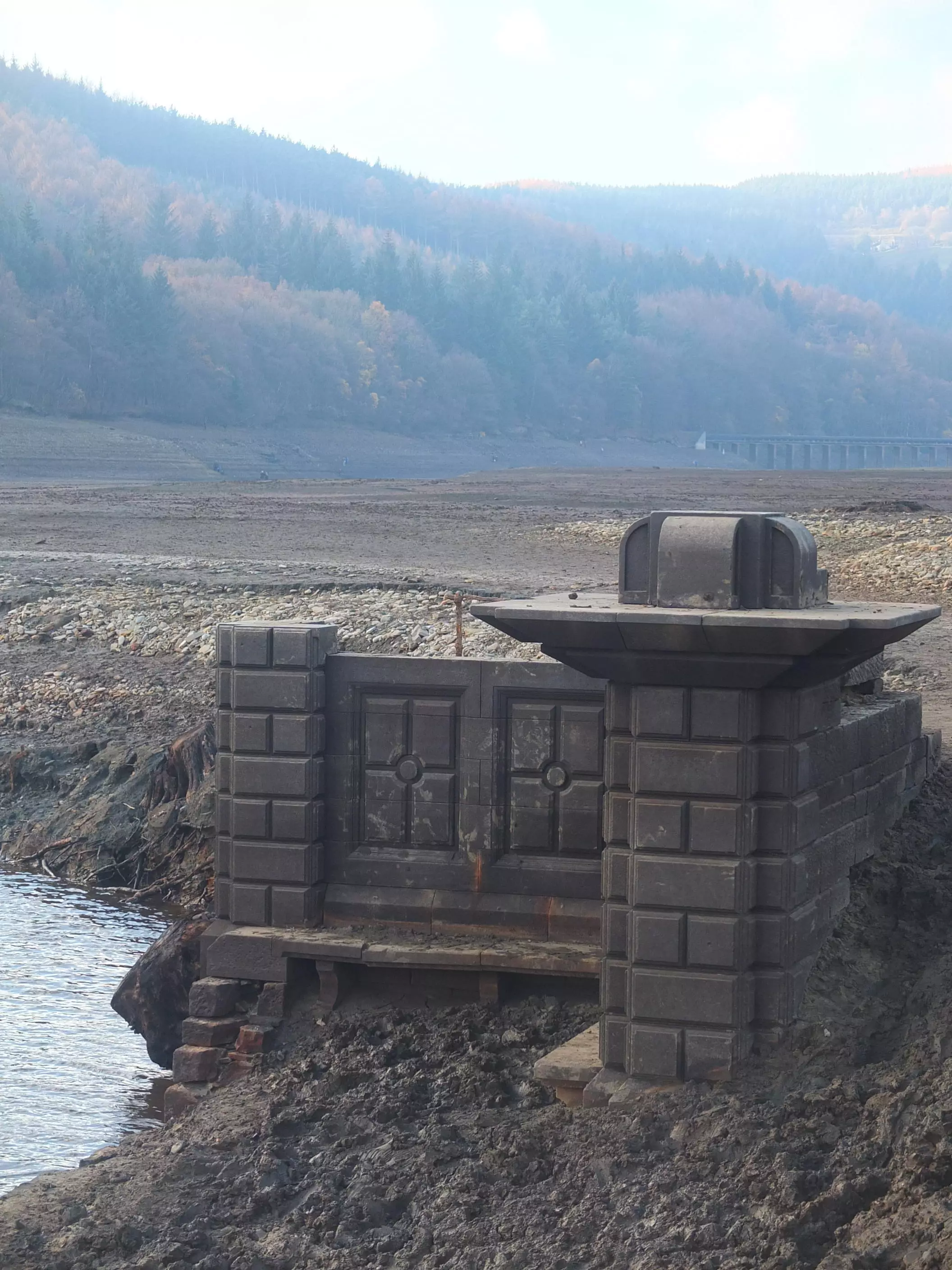
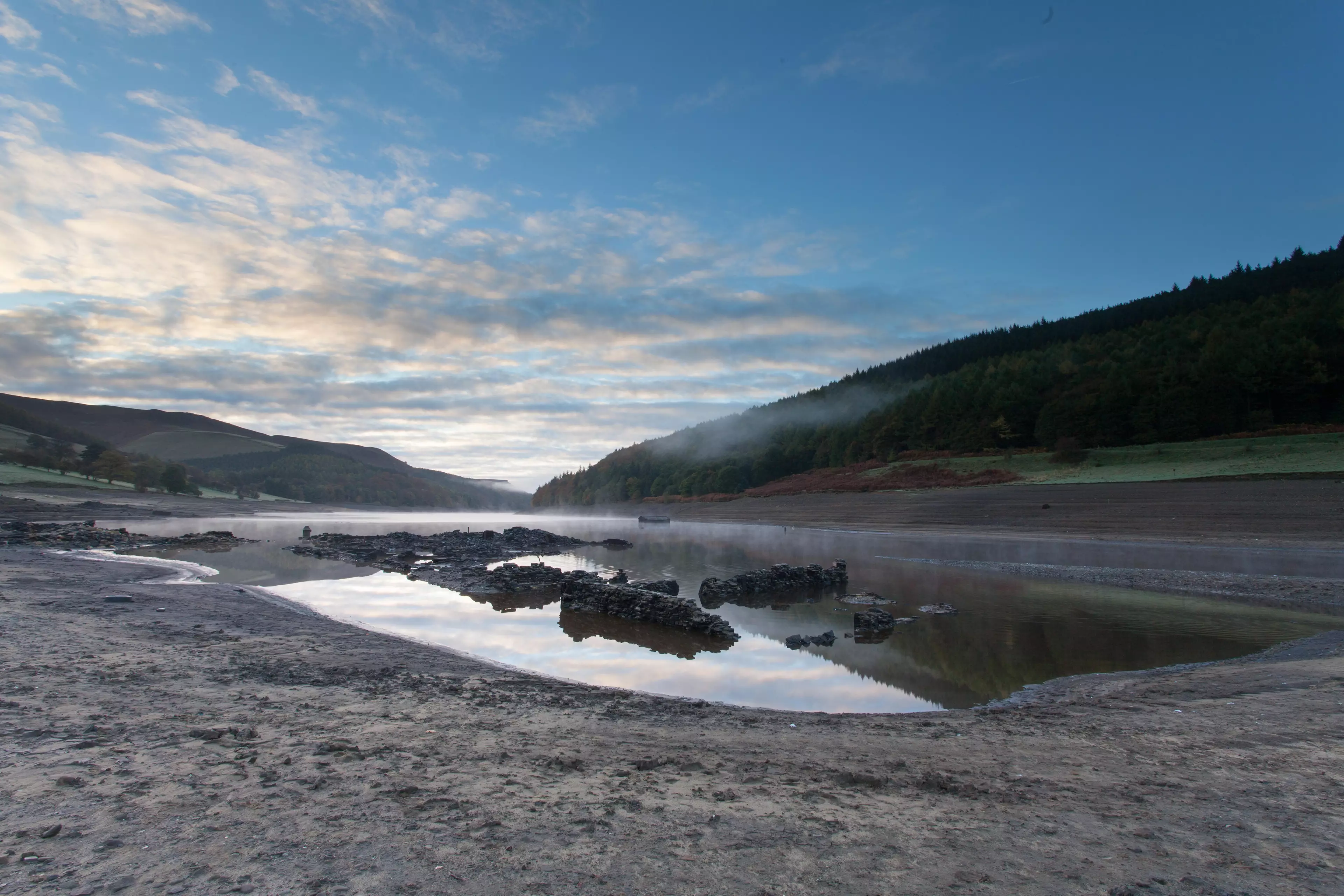
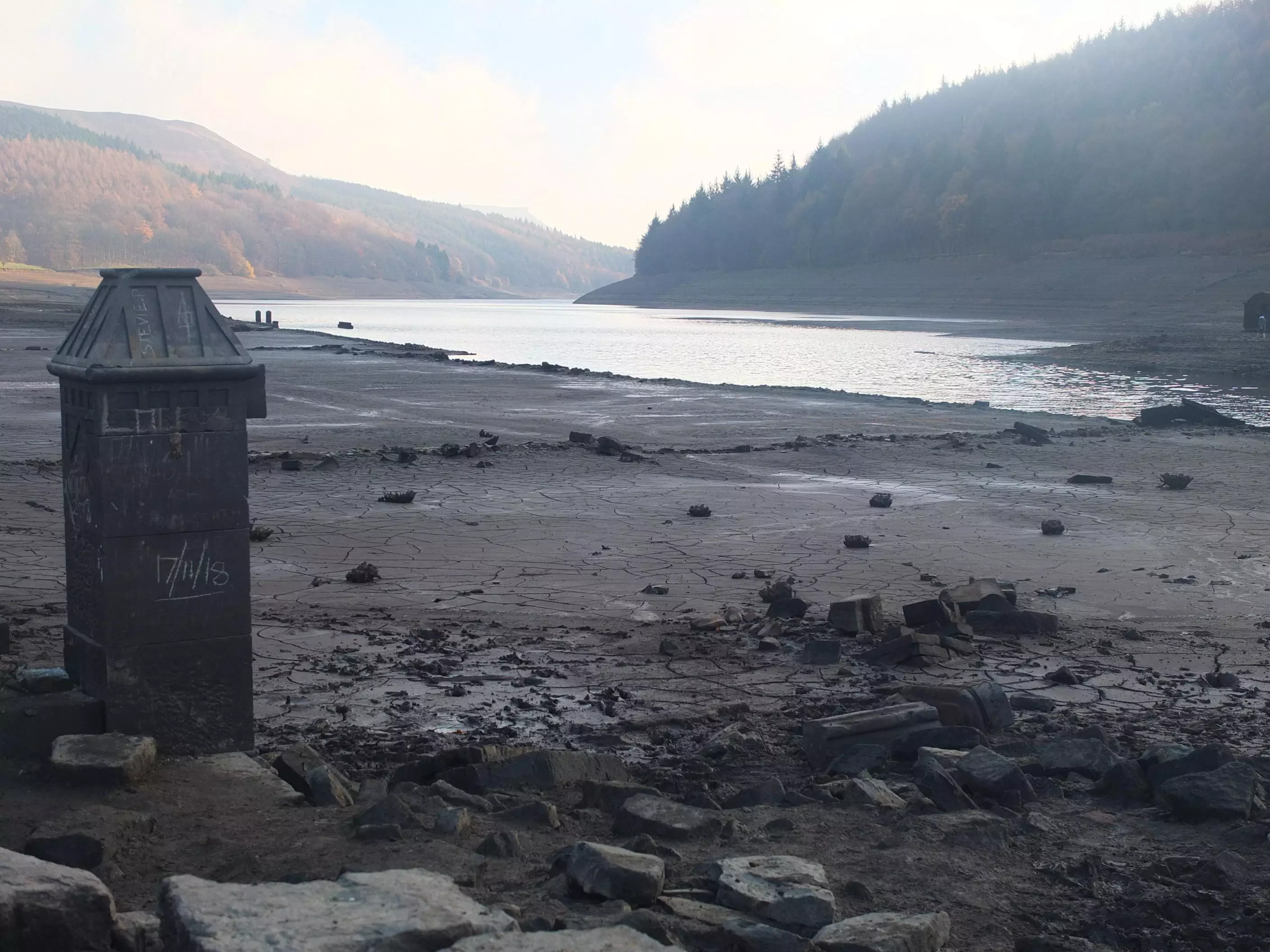
When asked if she remembered Derwent village, she said: "Oh, yes, I was going to school there, even as the construction of Ladybower was underway. We had to walk one-and-a-half miles to Derwent. Sometimes the shooters and beaters in the grouse season gave us a lift. But the rides we liked best were offered by the pipeline workers. They'd lift us inside the big black pipes they were constructing at the site of the reservoir."
She continued: "I remember in the cold weather there was always a fire lit at school.
"We'd bring a big potato with our initials carved into it and the teacher would bake them for us and make us cups of cocoa."
Featured Image Credit: AlamyTopics: UK News, News, Interesting, travel